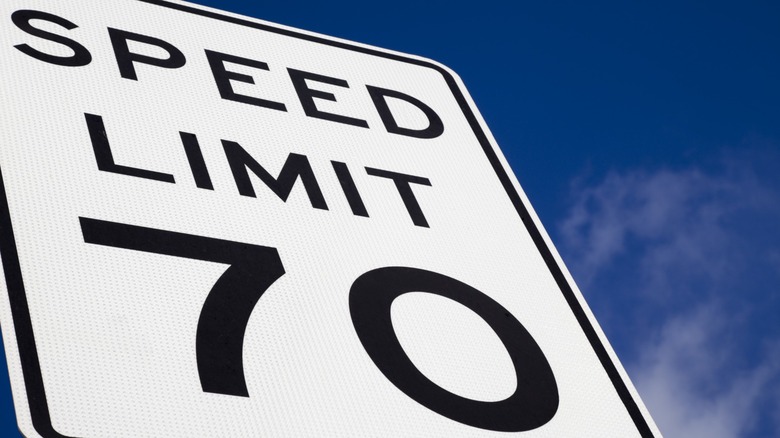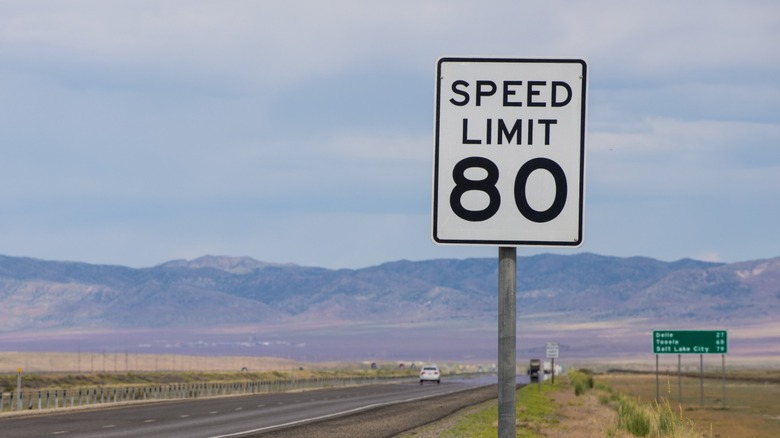New York Has Some Low Highway Speeds, But Locals Are Determined To Change That
The New York State Assembly has just introduced a bill that would allow the commissioner of the NY State Department of Transportation to set a maximum speed limit of 70 mph, increasing it from the previous maximum of 65. While this would not make New York State the new king of speed, it would at least mean it'll no longer be one of the five U.S. states with the slowest speed limits. This is just a bill, though, so it still needs to go through the committee and the floor in both the State Assembly and the State Senate before reaching the Governor for their approval.
If it gets approved, though, it does not mean that the state's speed limits will automatically increase to 70 mph. Instead, it gives the NYSDOT the authority to increase it, provided that the particular roadway meets the necessary criteria for the higher speed limit. This will align New York state's speed limit with those of its neighbors to the west. Both Ohio and Pennsylvania have a 70-mph speed limit on rural interstates, although the former reduces that to 65 in urban interstates. Other roads, like those within cities, are still limited to just 55 mph, though. If New York enacts this change, it may encourage other states around it, particularly Connecticut, Massachusetts, New Jersey, and Vermont, to follow suit. All of these states still have a 65-mph maximum speed limit.
States are increasing speed limits on interstate highways
The Insurance Institute for Highway Safety (IIHS) has noticed a trend of increasing maximum speeds on interstate highways. As of 2025, nine states have already enacted a speed limit that goes as high as 80 mph. Although most states apply this higher limit only to specific segments of a road, Montana, Nevada, North Dakota, and South Dakota have enacted a wide-ranging 80-mph speed limit on rural interstates.
This is far from the first time speed limits have changed in the U.S. In 1974, the country dropped the speed limit to just 55 mph in response to the oil crisis caused by the war in the Middle East. It wasn't until more than 20 years later that the federal government returned the power to set speed limits to the states, and they've been increasing ever since.
Opinion on the matter is divided. Jay Beeber, executive director for policy at the National Motorists Association, told USA Today that speed limits should reflect the design of a road. "Punishing drivers for failing to adhere to an unnaturally low speed limit is totally unfair. The answer is that if you want people to go 25 miles an hour on a road, you have to build a 25-mile-an-hour road," Beeber said. He then added that "There is a maximum speed that's probably safe, but most roadways can handle ... speeds up to like 85 miles an hour-ish for most drivers in today's modern vehicles." However, other experts argue that a jump in speed limits can be deadly. According to an IIHS study, a 5-mph bump in speeds can increase fatalities on interstate highways by 8.5% and nearly 3% on other roads.

